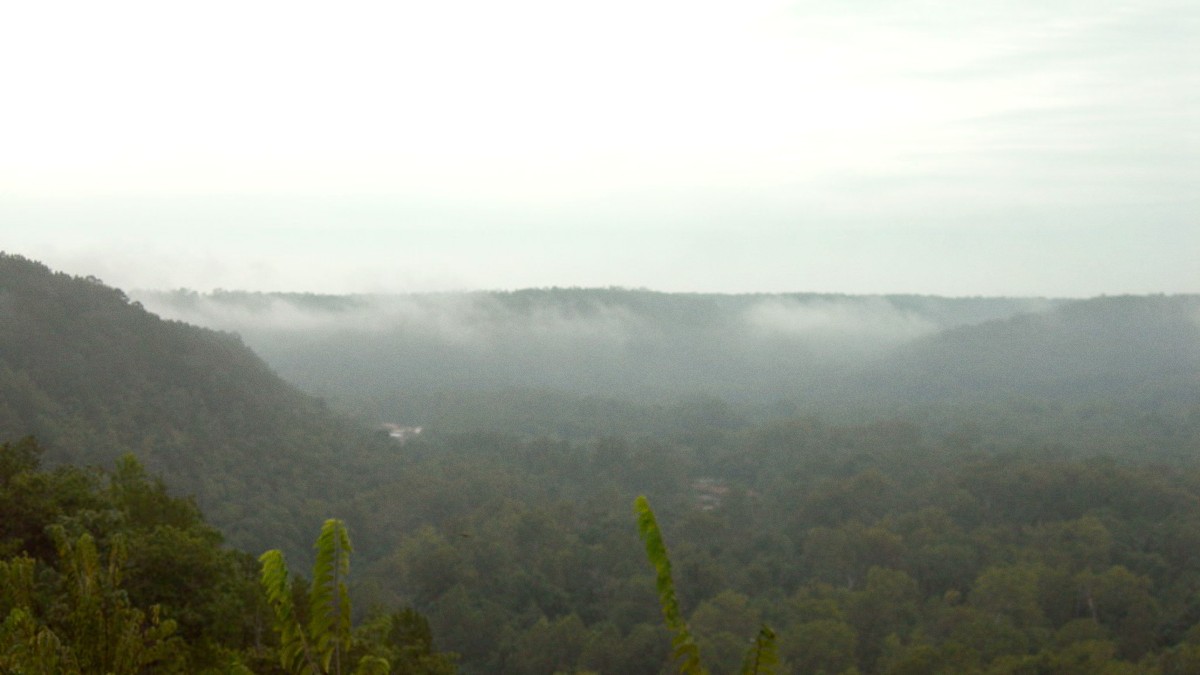
Arkansas, USA
The Ozark Mountains in Arkansas experience four distinct seasons, each offering a different appeal. Your ideal timing correlates with planned activities. Spring brings lush greenery and blooming wildflowers.
Summer means warm and humid conditions, suitable for water activities and the peak tourist period. Afternoon thunderstorms are common, bringing temporary relief from heat.
Summer and mid-October are high seasons with warm weather and full operations. Expect larger crowds and higher prices. Booking early is a good idea.
Shoulder seasons (April-May, Sep-early Oct) offer pleasant weather and fewer crowds, with potential for lower lodging rates. Winter (Dec-Mar) brings the fewest visitors and lowest prices, with solitude.
Summer and mid-October
All activities open, atmosphere.
Higher prices, larger crowds, intense heat.
April-May, Sep-Early Oct
Comfortable temperatures, fewer crowds, better rates.
Unpredictable spring weather, low river levels in late fall.
December-March
Fewest crowds, lowest prices, dramatic winter scenery.
Cold temperatures, limited water activities, some closures.
Arkansas encounters tornadoes, with peak season typically March to May. Flash flooding from heavy rains can make roads impassable. Summer heat can lead to heat exhaustion.
Hiking and mountain biking are best in spring and fall. Canoeing, kayaking, and floating are generally best from late spring through summer, dependent on water levels.
Monitor local weather alerts and have a shelter plan, especially Mar-May.
Check conditions near waterways. Do not drive through flooded roads. "Turn around, don't drown."
Stay hydrated, avoid midday exertion, wear light clothing.
Prepare for ice; check road conditions before travel.
Spring and Fall are prime times, especially for elk in Boxley Valley.
The United States Dollar (USD) is the currency. Most major credit cards find wide acceptance. Budget planning aids a stress-free travel experience.
Daily cost: $80 - $150 USD. This covers camping or basic motels, grocery store meals, and limited transport.
Daily cost: $150 - $300 USD. This covers comfortable hotels or cabins, local restaurants, and a rental car.
These ranges reflect typical costs, subject to seasonal and location variation.
The region maintains general safety, though preparing for outdoor activities and local conditions helps your overall experience.
Prevalent in wooded areas; wear long sleeves and use DEET repellent.
"Leaves of three, let it be." Stay on marked trails. Wash skin if contact occurs.
Use Broad-spectrum sunscreen SPF 30+, wear Hats and Sunglasses.
Dial 911 for all emergencies (police, fire, ambulance).
Hospitals and clinics are in larger towns. Urgent care centers are an option for non-life-threatening issues. Major pharmacy chains are common.
Tap water is generally safe to drink. Filter or purify natural water sources in backcountry areas using a LifeStraw or Portable filter.
Food hygiene standards in reputable establishments are high.
No specific vaccinations are entry conditions. Stay up-to-date on routine vaccinations as advised by your healthcare provider.
Highly recommended for all travelers. This policy should cover medical emergencies, trip cancellation, and lost luggage. Explore options like World Nomads or SafetyWing.
Confirm your policy specifically includes adventurous pursuits like rock climbing or white-water rafting.
The Ozark Mountains maintain safety. General precautions are still advisable in all areas.
Keep a list of these numbers accessible on your phone and a physical copy.
Dial 911 (Police, Fire, Ambulance)
1-800-222-1222
Search online for "hospital near me" in your specific location.
Carry a copy of your vaccination records and any necessary medical summaries. Update your routine vaccinations.